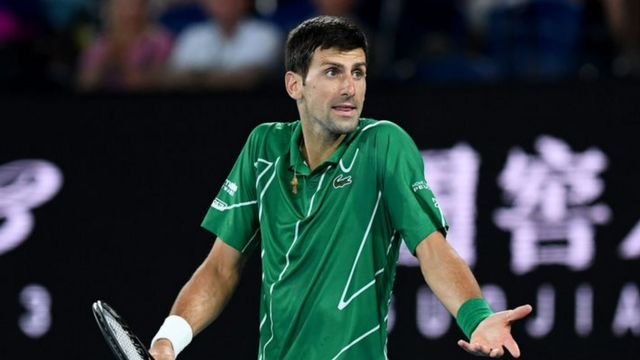It is important for Finland to see how trade relations with China develop, says EK’s Director of Trade Policy.
EU and The agreement reached between the United States over the weekend on steel and aluminum tariffs was expected and desired news, although the solution took longer than expected, says EK’s Director of International Relations and Trade Policy. Timo Vuori.
“Problems have been eliminated, a new career in trade and economic cooperation has been opened, but efforts are still being made to build trust,” Vuori told STT.
Finding an agreement was necessary for the EU and the United States to continue working to build a broader trade and cooperation relationship in the global economy and politics, Vuori said.
When it was also decided to freeze the dispute over subsidies for the aircraft industry for five years in the summer, the acute trade policy problems that strained the relations have been resolved.
“This and the issue of aircraft support were essential things for the EU before other trade fronts on the trade or political side could move forward.”
Steel Tariffs of 25 percent and 10 percent for aluminum came into effect during President Donald Trump’s term in 2018. They were enacted in a rarely used law that allows tariffs to be imposed based on national security. Underlying this was an effort to protect American industry from competition from low-cost imports.
The EU responded by imposing tariffs on a number of American products, such as tobacco, rice, corn and orange juice, in protest. In addition, they were slapped on jeans, peanut butter, Bourbon whiskey and Harley-Davidson motorcycles, among others. They would have been raised significantly in early December if no steel solution had emerged.
On Sunday, the president Joe Biden and the President of the European Commission Ursula von der Leyen praised at the G20 summit in Rome to agree on the beginning of a new era of transatlantic cooperation.
The parties undertake to work together to reduce the large carbon footprint of the steel and aluminum industries. The mountain welcomed the increase and thought that the idea of carbon tariffs in the EU was also linked to this.
“Steel is the production of a big carbon footprint. If the EU and the United States are thus able to make the steel industry more climate-neutral and cleaner, and the rules of the game in a direction that favors clean steel production, then it will benefit Europe and Finland, ”Vuori said.
Solution does not eliminate the global problem of steel overproduction. In its own comments, the United States emphasized that the solution only applies to steel produced in EU countries. The solution does not specify the exact amount of steel that can be exported from the EU to the United States duty-free. According to an EU source, the intention is for the United States to get in at least as much steel as it did before Trump’s tariffs, the Financial Times told reporters.
“Diverse trade conflicts may still lie ahead, as steel is a significant part of exports to Russia, China, India and Indonesia. They would like to dump it on the EU and US markets, ”Vuori pointed out.
The future development of trade relations between the United States and China is also of great importance to Finland.
“About 50–60 per cent of Finland’s exports and imports go through the EU, but the end market is often China or the United States. We therefore have a relatively more significant concern about the development of U.S.-China trade and relations. We are indirect sufferers if there are trade wars or tariffs, ”Vuori said.
The United States would be happy to take background support from the EU in its twists and turns with China, but the Union has its own interests and priorities.
Now that the top mutual disputes have been cleaned up from below, the EU and the US continue to work on lower-profile trade barriers after the ambitious TTIP agreement of years ago collapsed into political disputes. The Inter-Bloc Trade and Technology Council is investigating the reasons for the regulatory differences and recently met in Pittsburgh.
There are a number of themes on the agenda, such as artificial intelligence, data protection, the environment, investment and export controls.
“The situation has normalized, but there are still tensions, such as digital tax issues, and the treatment of big internet companies like Facebook and Google.”
According to Vuori, controversy still lies ahead, as there are signs in the world economy that trade blocs are strengthening. The United States has clearly been turning inward in its trade policy. China’s five-year plan emphasizes economic self-sufficiency. The EU’s new trade strategy highlights strategic autonomy.
“Development can lead to a regional distribution of the market, which is a challenge for Finland’s foreign trade,” Vuori anticipates.
.
#Foreign #trade #EUUS #agreement #steel #aluminum #tariffs #paves #trade #relations







